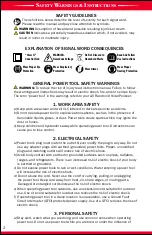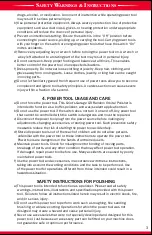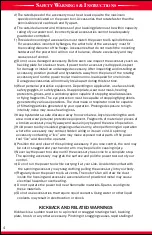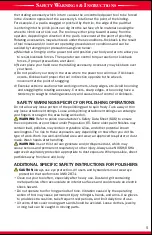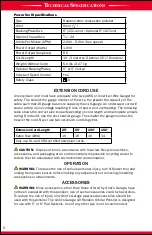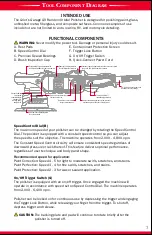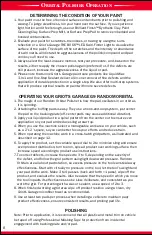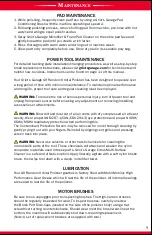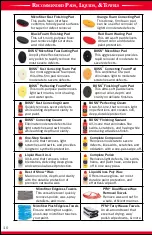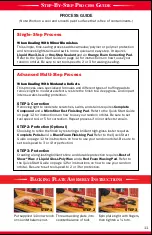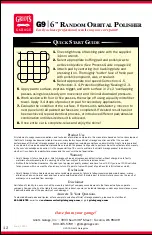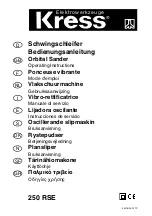
o
rbital
P
oliSher
o
Peration
DETERMINING THE CONDITION OF YOUR PAINT
1. Your paint must be free of bonded surface contaminants prior to polishing and
waxing. To judge cleanliness, run your hand over the surface. If you experience
light friction and it feels rough, use our Brilliant Finish™ Synthetic Clay, Paint
Cleaning Clay, Surface Prep Mitt, or Surface Prep Pad to remove embedded and
bonded contaminants.
2. Evaluate your paint for scratches, blemishes, or hazing by using the sun’s
reflection or a Griot’s Garage THE BOSS™ LED Swirl-Finder Light to visualize the
surface of the paint. The depth of the scratches and the intensity or abundance
of swirl marks will dictate the aggressiveness of the polish/compound and pad
combo you'll need to use.
3. Always select the least-invasive method, test your procedure, and, based on the
results, either reapply the chosen polish again (preferred) or, if the defects are
still present, increase the aggressiveness of the liquid or pad.
4. Please note that some Griot's Garage paint care products like Liquid Wax
3-In-1 and One-Step Sealant deliver all-in-one removal of fine defects and the
application of durable protection in a single step. We also offer multi-step systems
that will produce optimal results on paint with more severe defects.
OPERATING YOUR GRIOT'S GARAGE G9 RANDOM ORBITAL
1. The magic of our Random Orbital Polisher is how the pad oscillates in an orbit as
it is spinning.
2. Attaching the buffing pads is easy. They use a hook-and-loop system, just center
the pad on the backing plate (off-center pads may cause additional vibration).
3. Apply your liquid product in a spiral pattern from the center out to ensure even
application on your pad and reduce sling at start up.
4. When you use the machine select a manageable work area on your vehicle, such
as a 2' x 2' square, so you can better focus your efforts and reduce strain.
5. When operating the machine work in a cross-hatch grid pattern, as illustrated and
described on page 12.
6. To apply the product, set the variable speed dial to 2 to minimize sling and ensure
even product distribution, turn tool on, spread product over working surface, then
increase speed according to product use instructions.
7. To correct defects, increase the speed to 3 to 5, depending on the severity of
the defect, and follow the grid pattern using light downward pressure. Random
Orbitals are all about pad rotation, so excess pressure on the tool can steal away
effectiveness. Start with virtually no pressure on the tool, let the tool's weight and
your pad do the work. Make 3 to 4 passes (back and forth = 1 pass), wipe off the
product, and evaluate the results. Also be aware that the speed in which you move
the tool impacts its effectiveness so be slow, deliberate, and consistent as you
work the grid. For protecting with a wax or sealant, use a speed of 2 to 3.
8. When finished working a grid area wipe off product residue using a clean, dry
Griot's Garage microfiber towel as recommended.
9. Use at least two pads per process when detailing a vehicle to maintain pad/
product effectiveness, ensure consistent results, and prolong pad life.
POLISHING
Note: Prior to application, it is recommend that all plastic and metal trim on vehicle
be taped off using Professional Masking Tape for protection from incidental
engagement with backing plate and/or pad.
8


